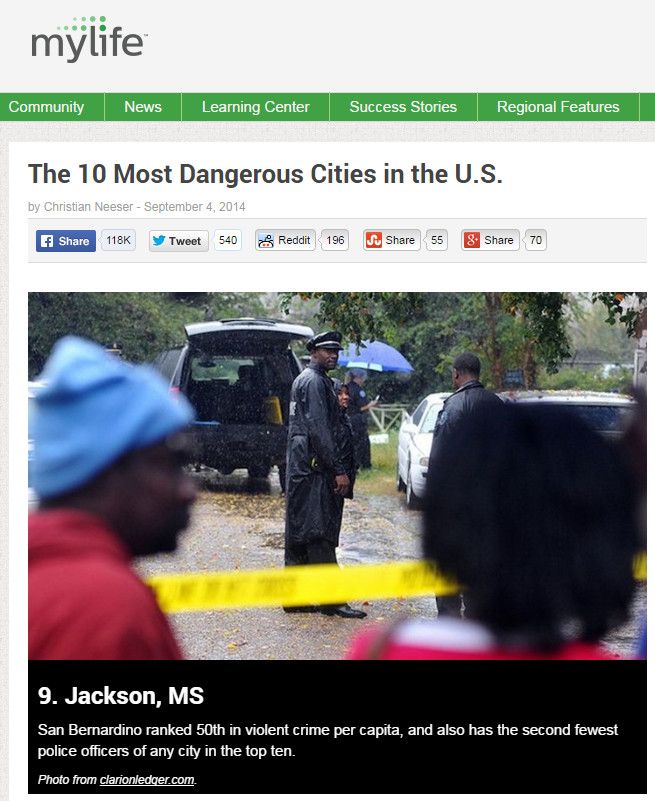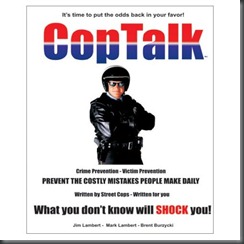See the full release
Washington, D.C.—According to the figures released today by the FBI, the estimated number of violent crimes in 2010 declined for the fourth consecutive year. Property crimes also decreased, marking the eighth straight year that the collective estimates for these offenses declined.
The 2010 statistics show that the estimated volumes of violent and property crimes declined 6.0 percent and 2.7 percent, respectively, when compared with the 2009 estimates. The violent crime rate for the year was 403.6 offenses per 100,000 inhabitants (a 6.5 percent decrease from the 2009 rate), and the property crime rate was 2,941.9 offenses per 100,000 persons (a 3.3 percent decrease from the 2009 figure).
These and additional data are presented in the 2010 edition of the FBI’s annual report Crime in the United States. This publication is a statistical compilation of offense and arrest data reported by law enforcement agencies voluntarily participating in the FBI’s Uniform Crime Reporting (UCR) Program.
The UCR Program collects information on crimes reported by law enforcement agencies regarding the violent crimes of murder and nonnegligent manslaughter, forcible rape, robbery, and aggravated assault as well as the property crimes of burglary, larceny-theft, motor vehicle theft, and arson. (Although the FBI classifies arson as a property crime, it does not estimate arson data because of variations in the level of participation by the reporting agencies. Consequently, arson is not included in the property crime estimate.) The program also collects arrest data for the offenses listed above plus 20 additional offenses that include all other crimes except traffic violations.
In 2010, there were 18,108 city, county, university and college, state, tribal, and federal agencies that participated in the UCR Program. A summary of the statistics reported by these agencies, which are included in Crime in the United States, 2010, follows:
Nationwide in 2010, there were an estimated 1,246,248 violent crimes.
- Each of the four violent crime offenses decreased when compared with the 2009 estimates. Robbery had the largest decrease at 10.0 percent, followed by forcible rape with a 5.0 percent decline, murder and nonnegligent manslaughter with a 4.2 percent decrease, and aggravated assault with a 4.1 percent decline.
- Nationwide in 2010, there were an estimated 9,082,887 property crimes.
- Each of the property crime offenses also decreased in 2010 when compared with the 2009 estimates. The largest decline, 7.4 percent, was for motor vehicle thefts. The estimated number of burglaries decreased 2.0 percent, and the estimated number of larceny-thefts declined 2.4 percent.
- Collectively, victims of property crimes (excluding arson) lost an estimated $15.7 billion in 2010.
- The FBI estimated that in 2010, agencies nationwide made about 13.1 million arrests, excluding traffic violations.
- The 2010 arrest rate for violent crimes was 179.2 per 100,000 inhabitants; for property crime, the rate was 538.5 per 100,000 inhabitants.
- By violent crime offense, the arrest rate for murder and nonnegligent manslaughter was 3.6; forcible rape, 6.5; robbery, 36.6; and aggravated assault was 132.6 arrests per 100,000 inhabitants.
- By property crime offense, the arrest rate for burglary was 94.3; larceny-theft, 417.5; and motor vehicle theft, 23.1 per 100,000 inhabitants. The arrest rate for arson was 3.7 per 100,000 inhabitants.
- In 2010, there were 14,744 law enforcement agencies that reported their staffing levels to the FBI. These agencies reported that, as of October 31, 2010, they collectively employed 705,009 sworn officers and 308,599 civilians, a rate of 3.5 employees for each 1,000 inhabitants.
Note: Caution against Ranking—Each year when Crime in the United States is published, some entities use the figures to compile rankings of cities and counties. These rough rankings provide no insight into the numerous variables that mold crime in a particular town, city, county, state, tribal area, or region. Consequently, they lead to simplistic and/or incomplete analyses that often create misleading perceptions adversely affecting communities and their residents. Valid assessments are possible only with careful study and analysis of the range of unique conditions affecting each local law enforcement jurisdiction. The data user is, therefore, cautioned against comparing statistical data of individual reporting units from cities, metropolitan areas, states, or colleges or universities solely on the basis of their population coverage or student enrollment.








